Muscadines
-
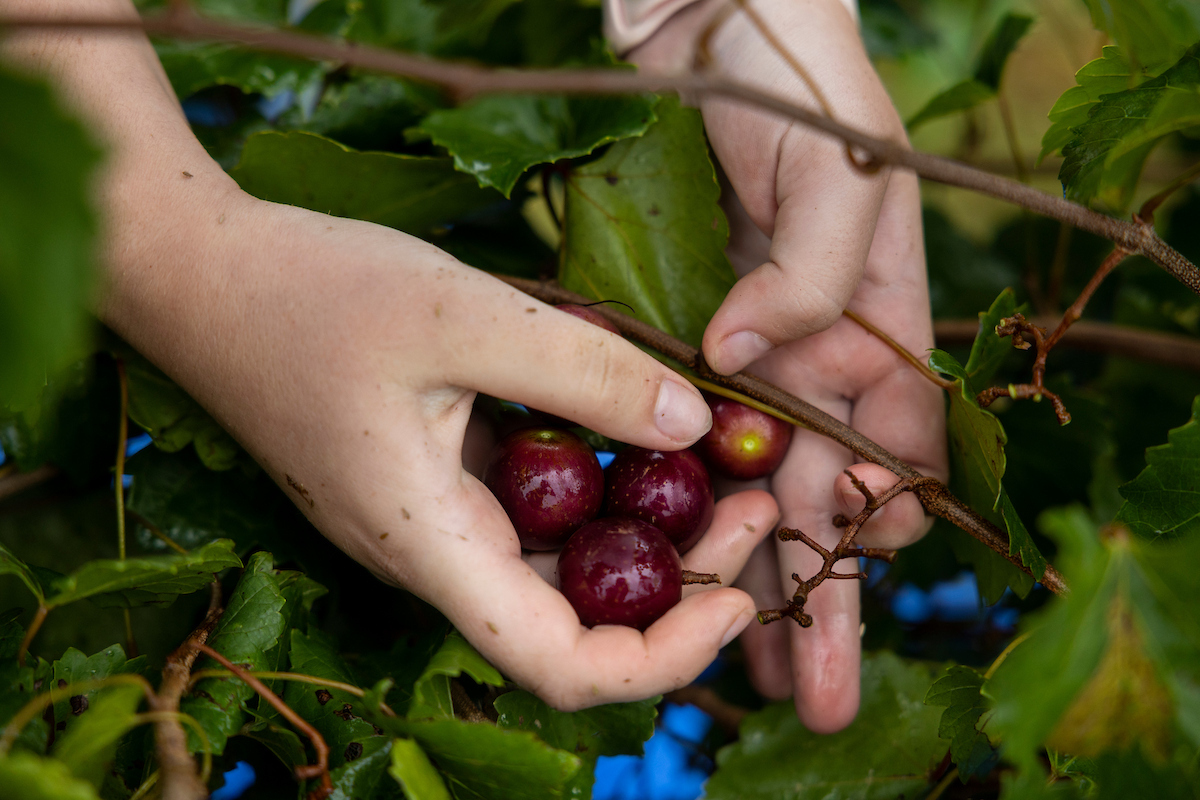
This resource will guide vineyard managers through tissue sampling to determine grapevine nutrition, which is the most reliable way to obtain information to guide fertilization decisions. We cover techniques and considerations to help make sure that vineyards can collect the material efficiently and effectively.
Sarah Lowder and Bijaya Ghimire
|
-
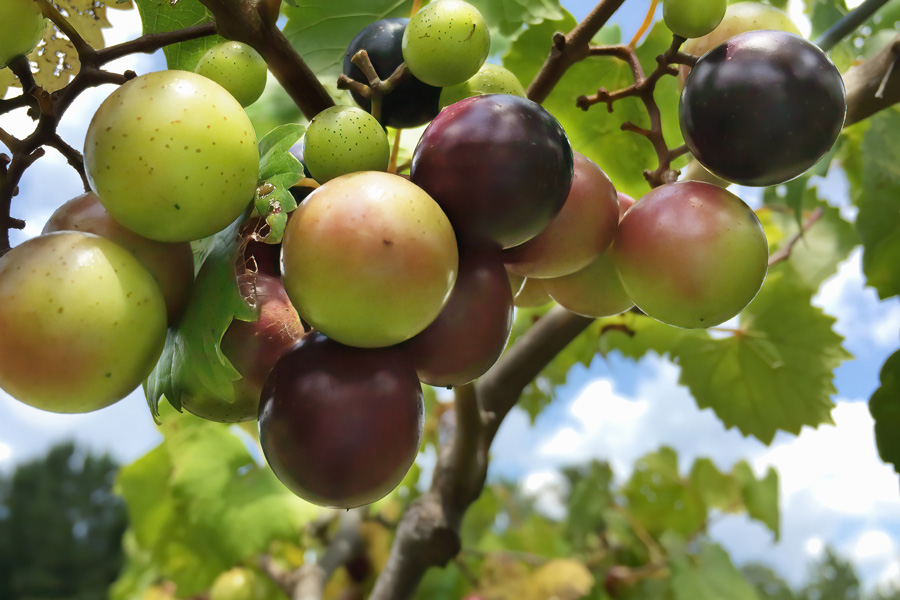
This 2025 update to the regional integrated pest management guide provides recommendations for muscadine grape production in the Southeastern U.S. Recommendations are based on information from the manufacturer’s label and performance data from research and Extension field tests. This publication is intended for use only as a guide. Specific rates and application methods are on the pesticide label, and these are subject to change at any time.
Phillip Brannen, Ashfaq Sial, Brett Blaauw, and Sarah Lowder
|
-

B 1490
Vineyard Frost Protection
The vineyard industry is growing across Georgia and across the Eastern United States. Frost is a perennial threat in these regions, and reducing frost risk can save approximately $48,000 per acre in return revenues. Since many growers new to the industry will be planting vineyards, it is important that they are aware of the risk of frost and ways to avoid it. This bulletin also serves as a good reference for current industry members who are unaware of the risk of frost or who want more information on how to manage its risk. This publication covers all aspects of vineyard frost protection, including weather patterns that cause frost/freeze damage, as well as passive and active methods that can be employed to reduce frost risk.
Pam Knox, Sarah Lowder, and Erick Smith
|
-
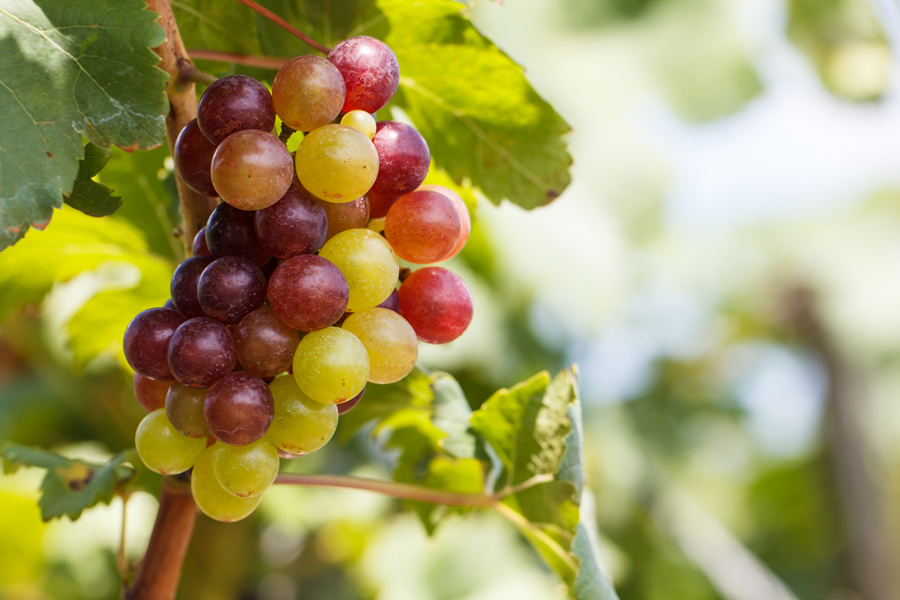
C 1303
Muscadine Grape Management
This phenology-based muscadine grape management poster provides a reference for sound viticultural, disease, and insect management practices in a digestible format. Produced in cooperation with University of Tennessee, North Carolina State University, University of Arkansas, and Auburn University. A publication of the Southern Region Small Fruit Consortium.
Patrick Conner, Phillip Brannen, Brett Blaauw, David Lockwood, and Sarah Lowder
|
-
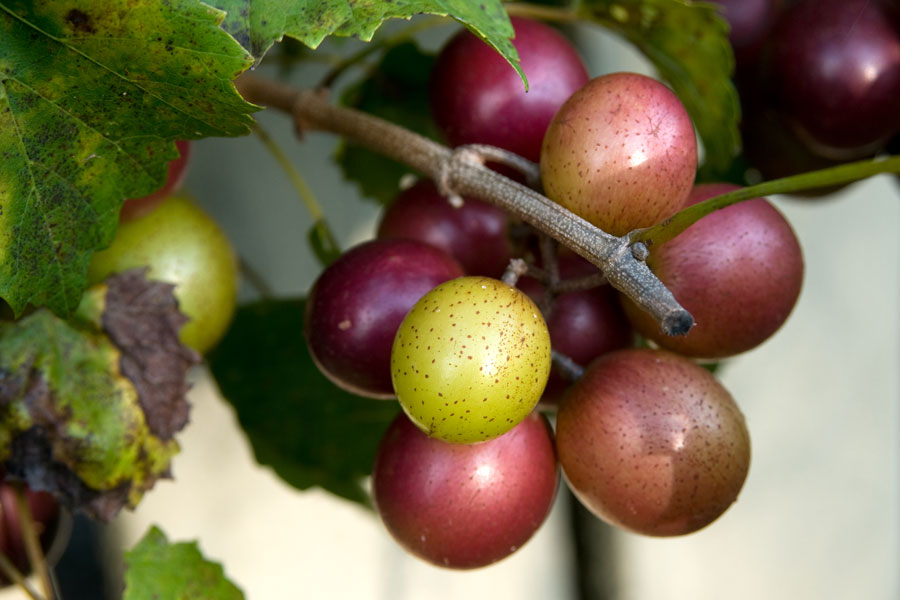
This 2024 update to the regional integrated pest management guide provides recommendations for muscadine grape production in the Southeastern U.S. Recommendations are based on information from the manufacturer’s label and performance data from research and Extension field tests. This publication is intended for use only as a guide. Specific rates and application methods are on the pesticide label, and these are subject to change at any time.
Phillip Brannen and Sarah Lowder
|
-

SB 48-05
Home Orchard
This section of the Home & Garden Edition covers pest control in home orchards, including apples, peaches, bunch grapes, muscadines, strawberries, blueberries, and other fruits. Beginning in 2022, the Home & Garden Edition has been updated biennially. When purchasing a product based on a first-year recommendation of the Handbook, check the current product label before purchase to be sure it is still labeled for the use for which you are buying it. For pesticide products you have on hand from earlier purchases, you are allowed to use them until they are depleted without penalty under the law. Always follow label instructions before use. Contact the product’s manufacturer for the most up-to-date label.
Harald Scherm, John All, Brett Blaauw, and Allison Johnson
|
-
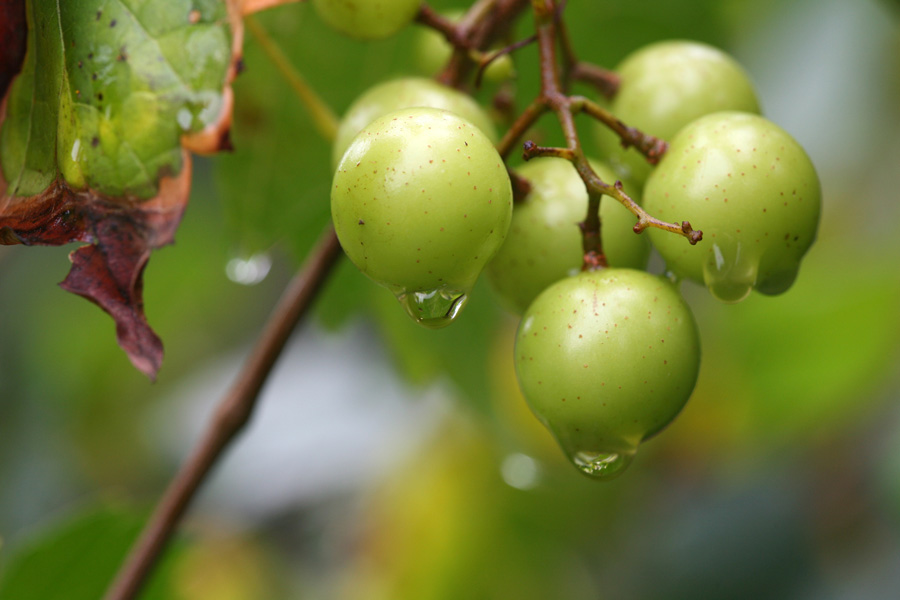
C 949
Home Garden Muscadines
Muscadines are truly a fruit for the south. Although muscadines can be grown successfully in most parts of the state, they are best adapted to the Piedmont and Coastal Plain areas.
Robert Westerfield
|
-
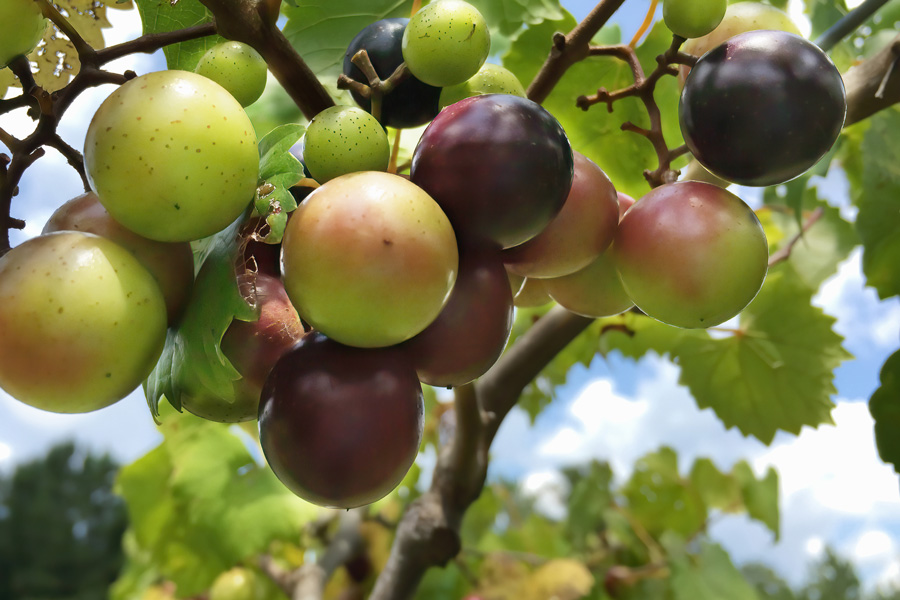
This 2023 update to the regional integrated pest management guide provides recommendations for muscadine grape production in the Southeastern U.S. Recommendations are based on information from the manufacturer’s label and performance data from research and Extension field tests. This publication is intended for use only as a guide. Specific rates and application methods are on the pesticide label, and these are subject to change at any time.
Phillip Brannen
|
-

C 1151-SP
Manejo del Viñedo
Este póster del manejo del viñedo está basado en la fenología de la planta y proporciona una referencia para las buenas prácticas de manejo de las enfermedades y los insectos de la vid en un formato atractivo y digerible. Las prácticas vitícolas optimizan la salud, la rentabilidad y la sostenibilidad de los viñedos al mismo tiempo que mejoran la cantidad y calidad del cultivo. Al igual que el manejo de plagas, las prácticas vitivinícolas deben implementarse de manera oportuna a lo largo de la temporada de crecimiento de la planta para maximizar la eficiencia de la práctica y la ganancia de beneficios. El control de enfermedades en las uvas es crítico, ya que las uvas son susceptibles a una amplia gama de patógenos. La implementación de prácticas culturales oportunas y adecuadas ayudará enormemente a eliminar las enfermedades. Además, las uvas, más que muchos productos hortícolas, requieren programas de fungicidas agresivos durante todo el año para mantener la salud de la vid. El manejo integrado de plagas en el viñedo combina una variedad de técnicas y herramientas para controlar las plagas. Comienza identificando correctamente al insecto y comprendiendo su tiempo y actividad dentro de un cultivo a lo largo de la temporada. El monitoreo y la evaluación de la abundancia de plagas identificadas y las lesiones en los cultivos pueden ayudar a determinar el método correcto para el manejo efectivo de la plaga.
Phillip Brannen and Brett Blaauw
|